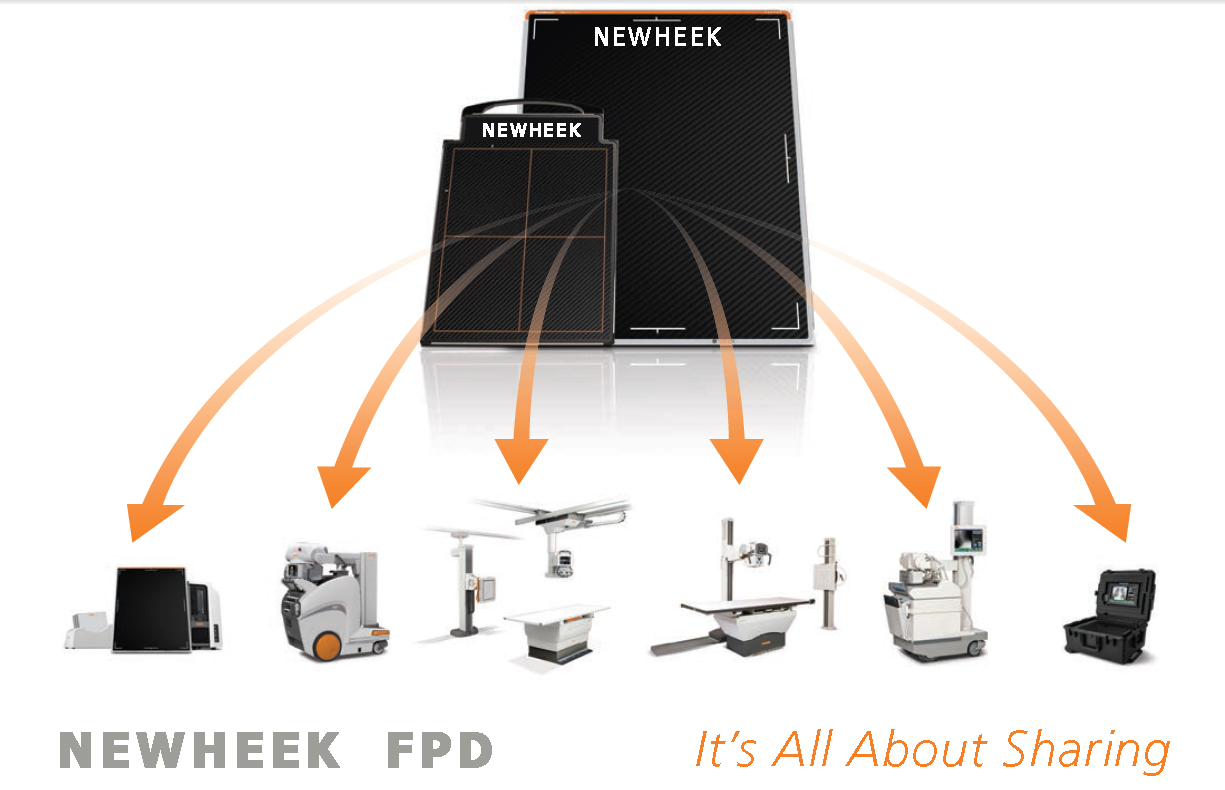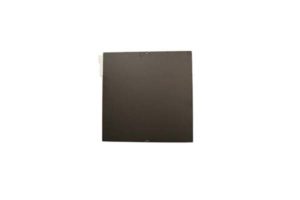Performance of different flat panel detectors
There are two main performance indicators for evaluating the quality of flat panel detectors: Detective Quantum Efficiency (DQE) and spatial resolution. DQE determines the resolution of flat panel detectors for differences in tissue density; spatial resolution determines the resolution of tissue microstructure. Investigating DQE and spatial resolution can evaluate the imaging capabilities of flat panel detectors.

Factors affecting the flat panel
detector DQE
In indirect conversion flat panel detectors, there are two main factors that affect DQE: the scintillator or phosphor layer and the medium that converts visible light into an electrical signal. 1 The material and process of the scintillator or phosphor layer affect the ability of X-rays to convert into visible light, thus affecting DQE. 2 Converting visible light into an electrical signal can also affect DQE.
In a direct conversion flat panel detector, the conversion of X-rays into electrical signals is determined by the electron-hole pairs generated by the amorphous selenium layer. The level of DQE depends on the ability of the amorphous selenium layer to generate charges. In general, the limit DQE of indirect conversion flat panel detectors of cesium iodide ( CsI ) + a-Si (amorphous silicon) + TFT structure is higher than the limit DQE of a-Se (amorphous selenium) direct conversion flat panel detector .
Author:Alina

